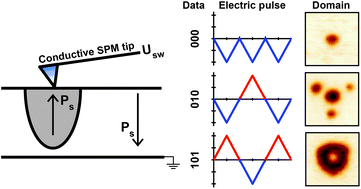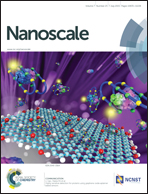Data encoding based on the shape of the ferroelectric domains produced by using a scanning probe microscope tip
Abstract
Ferroelectric materials are broadly considered for information storage due to the extremely high storage and information processing densities they enable. To date, ferroelectric based data storage has invariably relied on the formation of cylindrical domains, allowing for binary information encoding. Here we demonstrate and explore the potential of high-density encoding based on the domain morphology. We explore the domain morphogenesis during the tip-induced polarization switching by sequences of positive and negative pulses in a lithium niobate single-crystal and demonstrate the principles of information coding by the shape and size of the domains. We applied cross-correlation and neural network approaches for recognition of the switching sequence by the shape of the resulting domains and established optimal parameters for domain shape recognition. These studies both provide insight into the highly non-trivial mechanism of domain switching and potentially establish a new paradigm for multilevel information storage and content retrieval memory devices. Furthermore, this approach opens a pathway to exploration of domain switching mechanisms via shape analysis.


 Please wait while we load your content...
Please wait while we load your content...